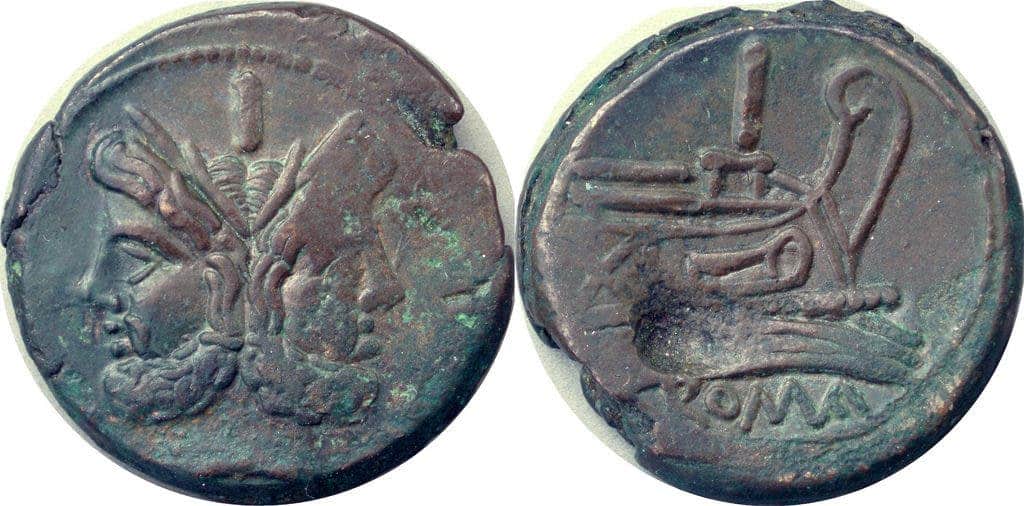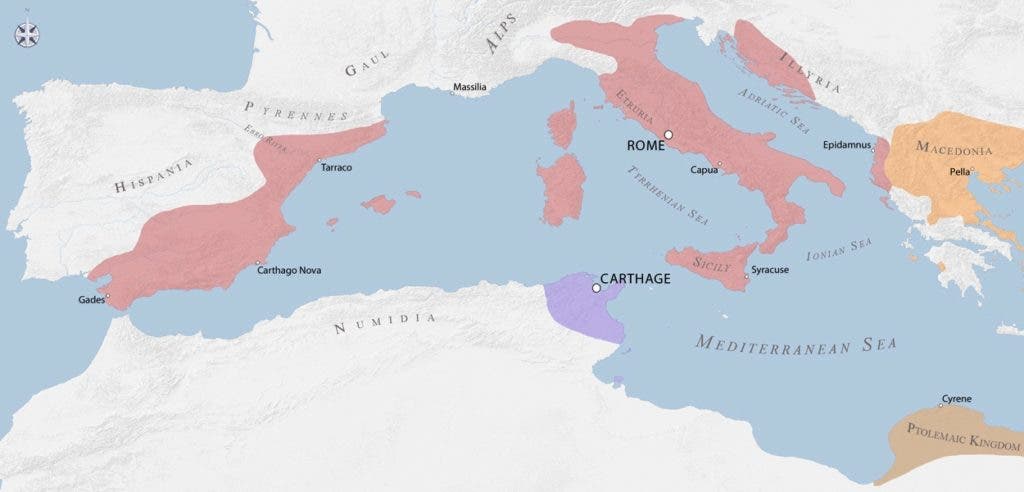Chips collected from ancient Roman coins were enough German researchers at the Goethe-Universität Frankfurt to draw the line when Rome became an empire.

Follow the money
During the reign of Septimius Severus in 211 AD, Rome was at the height of its imperial power. Their domain extended over much of Europe, from the Atlantic to the Ural Mountains and from modern day Scotland to the Sahara or the Arabian Golf. Up to 60 million subjects, including slaves, lived inside its borders — roughly 15% of the entire world’s population. That’s totally impressive considering the Empire’s level of culture and political might wasn’t matched for another 1,000 years after it crumbled.
But every mighty empire has to start off from humble beginnings. The story of the Roman empire can be traced to the founding of the ‘eternal city’ itself in the year 753 BC, though some speculate the real year is 625 BC. After a brief period as a monarchy under seven kings, Rome turned into a republic that was ruled by a senate which appointed a consul. The consul theoretically ruled like a king, but only for one year. This was a very clever trick by the senate because the consul knew that if he behaved unjustly (mainly towards the senate), he would be punished by the next consul. It was also a very successful arrangement seeing how Rome stayed a republic for almost 500 years — until an ambitious fellow named Julius Caeser came along.
In any event, although the early Roman republic grew exponentially in both size and power, it was only in 264 BC under the leadership of the military hero Camillus that the entire Italian peninsula came under its control. But Rome didn’t truly become an empire until it annexed territory in the Iberian Peninsula, which happened in 209 BC during the Second Punic War against Carthage, according to historical records.
But even absent these historical records, it is possible to infer the approximate period when Rome turn into an empire. The German researchers elegantly demonstrated this by studying 55 Roman coins minted between circa 225 and 101 BCE.

Before the war with Carthage, Roman silver coins contained lead isotopes that suggest these were sourced from Magna Graecia, likely from silver ores from the Aegean and Rhodope region. From 209 BC onward, though, a different isotopic pattern emerged.
“These form a mixing line extending between the Tertiary mineralisations of southeastern Spain and the Variscan deposits in the southwestern part of the Iberian Peninsula. Carthaginian silver coinage (n=2) from the 4th century BCE as well shows Pb isotope data being indicative of mixed metal sources from the Iberian Peninsula. The Brettii, a tribe in southern Italy, were allies of Carthage in the 2nd Punic War (218-201 BCE) and thus apparently also had access to silver originally won from Iberian resources, as reflected by Pb isotope signatures of their coinage (n=3; dating between c. 218 and 211 BCE). Silver fineness of the Roman coinage dating after 209 BCE in contrast to earlier minted coins generally is in excess of 96 wt % and further strengthens the hypothesis of a secured supply of metal bullion deriving from former Carthaginian riches,” the researchers reported at the Goldschmidt Conference.
Now that it had secured the south of Spain from Hannibal’s Carthage, Rome used the province’s riches to mint its new coins — and scientists were able to know this simply from studying led isotopes. That’s strikingly simple but elegant, doncha think?


